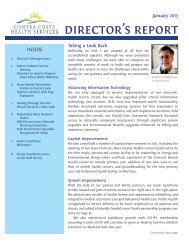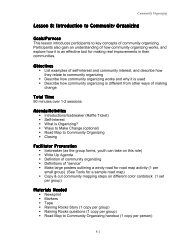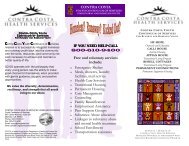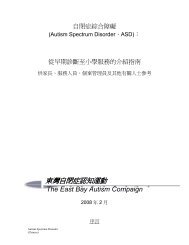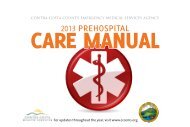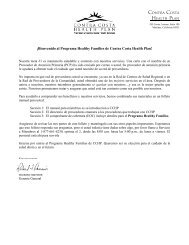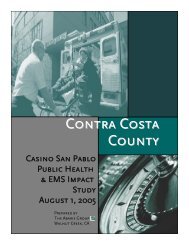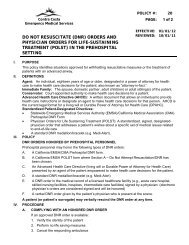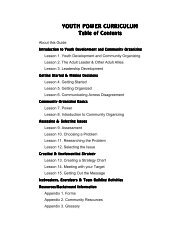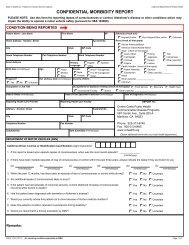EMS Policy Manual - Contra Costa Health Services
EMS Policy Manual - Contra Costa Health Services
EMS Policy Manual - Contra Costa Health Services
You also want an ePaper? Increase the reach of your titles
YUMPU automatically turns print PDFs into web optimized ePapers that Google loves.
<strong>Contra</strong> <strong>Costa</strong><br />
Emergency Medical <strong>Services</strong><br />
POLICY #: 19<br />
PAGE: 3 of 4<br />
2. If an Advanced <strong>Health</strong> Care Directive (AHCD), Living Will or Durable Power of Attorney for<br />
<strong>Health</strong> Care (DPAHC) is produced and the responsible party is present and makes the<br />
request;<br />
3. If an immediate family member is present and make the request to discontinue resuscitation<br />
efforts, in the absence of a DNR, AHCD, Living Will, or DPAHC document. Full agreement<br />
of prehospital personnel and family present to discontinue efforts is required.<br />
4. If a patient presents with advanced or terminal disease and an incomplete approved DNR<br />
order (e.g. no signature) is presented or no form is presented and an immediate family<br />
member, agent or conservator, at the scene, requests no resuscitation. Full agreement of<br />
prehospital personnel and family present to discontinue efforts is required.<br />
5. A patient where resuscitative efforts are unsuccessful (asystole or agonal rhythm despite<br />
interventions).<br />
B. Procedure:<br />
1. Document rhythm in two leads for one minute.<br />
2. Notify Coroner and any other appropriate investigative agency (if not already done).<br />
3. Complete Prehospital Care Report including approximate time death was determined.<br />
C. Prehospital personnel should attempt resuscitation and should transport patients with multiple<br />
rhythms, intermittent perfusing rhythms such as bradycardia or ventricular tachycardia, or in<br />
whom scene conditions warrant transport (safety issues, some public settings).<br />
D. CPR may not be discontinued during patient transport.<br />
VII. EMERGENCY MEDICAL DISPATCH<br />
A. Obvious Death:<br />
Emergency Medical Dispatchers (EMDs) provide prearrival instructions for administering CPR<br />
unless they have been provided information indicating that the patient meets one of the<br />
following obvious death criteria:<br />
1. Decapitation<br />
2. Total incineration<br />
3. Decomposition that prevents resuscitation<br />
4. Total destruction of the heart, lungs, or brain, or separation of these organs from the body<br />
5. Rigor mortis that prevents resuscitation.<br />
B. “Do Not Resuscitate” (DNR):<br />
The EMD shall provide pre-arrival instructions for administering CPR even if he/she is advised<br />
that the patient has DNR paperwork. If the caller refuses, the EMD shall advise them to have the<br />
DNR paperwork available for the responding personnel and shall notify the enroute unit(s) of the<br />
existence of DNR paperwork.<br />
VIII. MULTICASUALTY/MULTIVICTIM INCIDENTS<br />
Field personnel should initiate CPR when there are sufficient numbers of rescuers to adequately<br />
manage the total number of, and types of, casualties on the scene.<br />
IX. CORONER INVESTIGATION<br />
The Coroner is responsible for investigating all deaths listed in California Government Code Section<br />
27491 including, but not limited to the following:<br />
Violent, sudden, or unusual deaths;<br />
Unattended deaths;<br />
Deaths where a physician has not attended to the deceased in the 20 days before death;



